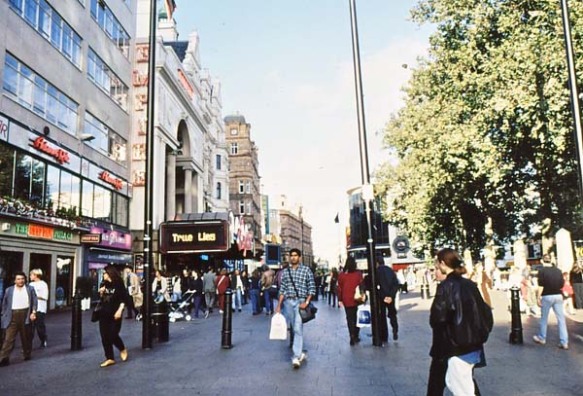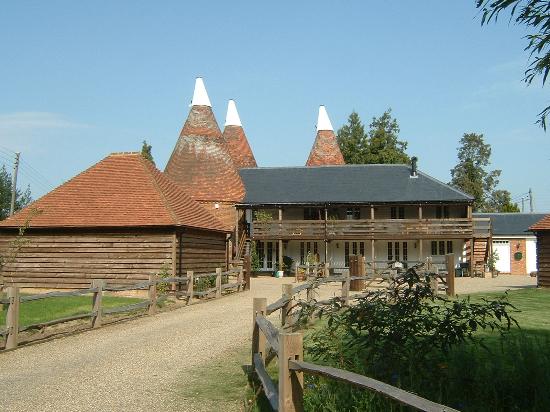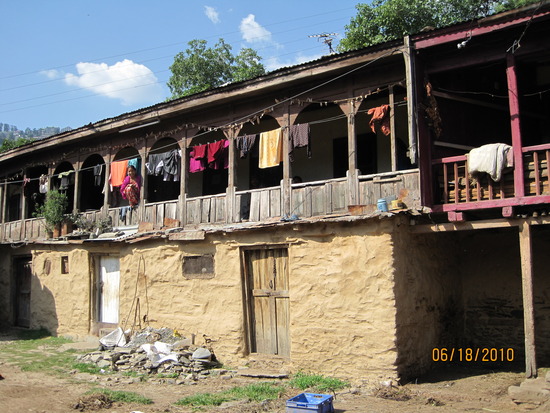As all of us know, there is a limited space on earth but our increasing population is creating many problems in our day to day life. Human density on earth is increasing day by day. Human civilization is also facing other problems like migration. Proper infrastructure and resources are available to very limited number of places, this causes people from other places to migrate to these places and resulting non-uniform human density distribution.
Our space related problems need to be solved in the best possible way so that it maintains a balance between social life and personal life, comfort and health, technology and ancient culture. As we know, we all humans have different preferences, different likes and dislikes and different life styles. Also some of us are physically or mentally challenged which increases the need of an individual specific space. As climatic conditions and social culture also change from one place to another, space requirements also change. Most of us will agree that architecture and architects have played a very important role in solving these problems and made a great contribution in development of the quality of life.
As basic facilities of life are not available to most of rural areas, people are forced to go to urban areas for fulfilment of their needs. Movement of people from rural to urban areas with population equating to urban migration is defined as urbanisation by United Nations. Urbanization is closely linked to modernization, industrialization and sociological process of rationalization. As more and more people leave villages and farms to live in cities, urban growth results. The rapid growth of cities like Chicago in the late 19th century and Shanghai a century later can be attributed largely to people from rural communities migrating there. This kind of growth is especially common in developing countries.
Architects can solve problems to rapid urbanization by making it planned, so that we can be prepared for it and also by improving rural infrastructure to make them more self dependent. Greener suburban locations can also be developed, so that people can move there to avoid overcrowded cities. The construction of new towns by the Housing development board of Singapore, is an e.g. of planned urbanization. Urbanization can be planned urbanization or organic. Examples of planned urbanization are new town and garden city movement.
New urbanism is a movement in urban planning that began in 1990s and believes in shifting design focus from the car-centric development of suburbia and the business park to concentrated pedestrian and transit centric, walkable, mixed-use communities. New urbanism is an amalgamation of old-world design patterns merged with present day demands. It is a backlash to the age of suburban sprawl, which splintered communities and isolated people from each other, as well as had severe environmental impacts. Concepts for new urbanism include people and destinations into dense, vibrant communities and decreasing dependency on vehicular transportation as primary mode.
Adoption of similar buildings and similar design and planning methodologies does not fit everywhere because local culture and practices varies from one place to another and also human values and dimension varies. We need to use a improved version of locally grown architecture which can maintain a balance between needs of today’s world and specific needs of that place. Architecture related to or characteristic of a period, place or group, especially, of relating to, or being the common building style of a period or place is called vernacular architecture.
In many cases, vernacular settlements in India often take on the shape and form that is dictated by the climate they are in, or the socio-cultural norms that they are designed to preserve and protect. For example, village settlements in Uttaranchal are often characterised by houses of stone, timber and mud mortar on slopes, with thick stone walls of coursed rubble masonry designed to ward off cold, with a shelter for animals below the main house (the heat given off by mulch animals heats the house above further).In Kerala, village houses are slope-roofed with Mangalore tiles and thatch to draw off and channel rain. In Assam, the same houses are often built on stilts, the better to counter the often damp ground.
The list could go on, but in each case we see that vernacular architecture in India’s diverse regions has evolved a unique way of responding to the climate and the environment that is sustainable, shows an intelligent approach to the problems of climate and is a delicate balance of social and cultural factors through spatial vocabulary such as walls, courtyards, floors and semi-private and private spaces. Climate, of course is a predominant factor in determining the forms of vernacular architecture in India.
Climate in India varies from the scorching sun in the Gangetic plains to the tropical conditions of the south, from the dry cold climates in Spiti and Leh to the perennially damp conditions in the northeast of the country. This variation in climate spawns a diversity of forms of vernacular architecture. Apart from climate, geography too is a determining factor. Geography, once again can vary from the hilly terrain of the Himalayas and Kashmir, to the flats of the deccan and the south, from the damp ground of Assam and Bengal to the dry earth of Punjab.
The third factor is the availability of material and the types of material available. In Goa and Karnataka, an abundance of red laterite stone makes this the medium of choice for vernacular construction and in north India a clayey soil makes sunburnt bricks and mud mortar a commonly used medium. Bamboo construction can be found in the north east. Vernacularism in architecture has been upheld as a modern value, a tradition to be observed while designed for the new age.
Followers of the vernacularism as a building tradition have been many. Among the most famous international examples have been that of Hassan Fathy, who in his numerous projects in Egypt replicated and rediscovered building traditions of the region that were thought to be dead, giving them a new meaning and relevance. Similarly, Le Corbusier, that most avid of Modernists, rediscovered the magic of the vernacular in his later projects such as the Rob-et-Roq housing, the monuments at Chandigarh and the chapel of Ron champ. Amongst Indian architects, Laurie Baker has been instrumental in giving new voice to a Kerala vernacular in brick, tiles and mortar. Similarly, Gerard da Cunha in Goa has been very innovative in his use of red laterite stone and re-interpreting Goa’s Portuguese and hybrid traditions and architectural vocabulary. A number of new and upcoming firms in north of the country promise to take this experiment further and to prevent India’s built traditions from completely disappearing.
Environment needed for today’s world includes high density neighbourhood, having connection on a transit network. It should have buildings that reflect local climate. It should be a mixed use mixed occupancy community including office, retail, hospitality, residential, industrial agricultural and institutional spaces. It should have buildings of different sizes, age and specification level.
Architecture plays an important role in influencing the strategic planning of a region’s infrastructure, including provisions for transport, energy and waste. Idea of sustainable buildings and design quality contributes to development of quality of life. Architecture is a field which is connected to every aspect of life and without it’s contribution we can’t improve basic quality of life. Architecture covers such a wide range that we still don’t have a perfect definition for it but one thing is for sure, “architects and architecture have contributed a lot to the development of quality of life”.












